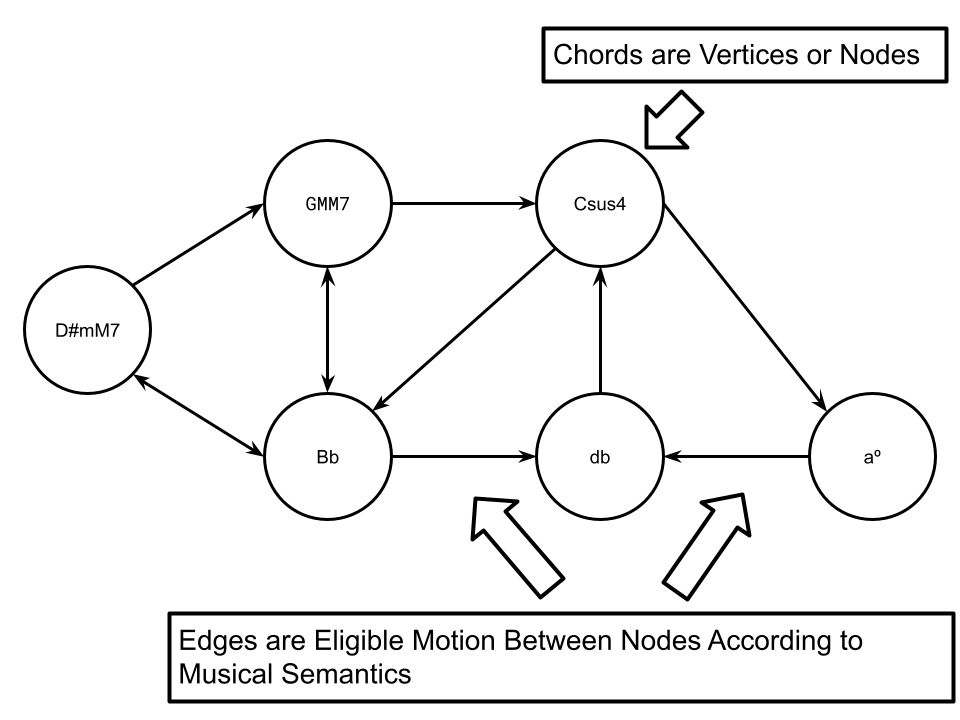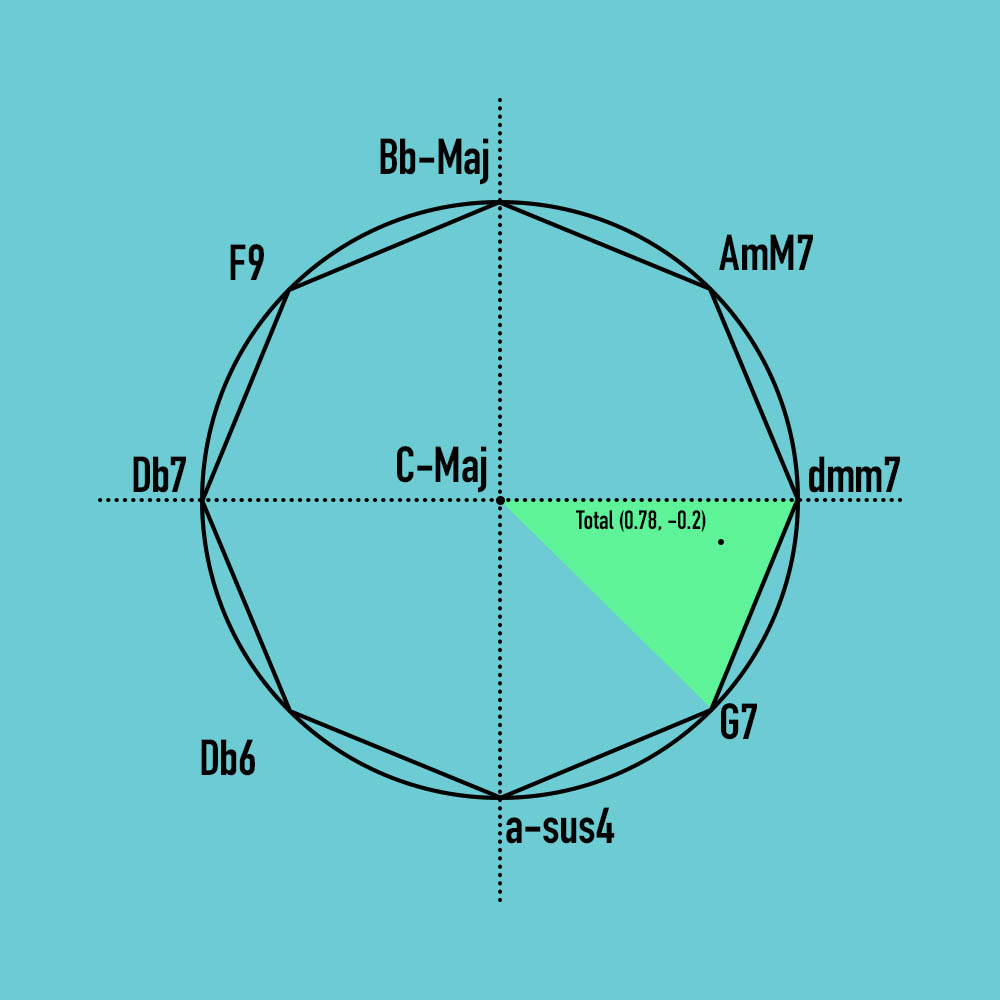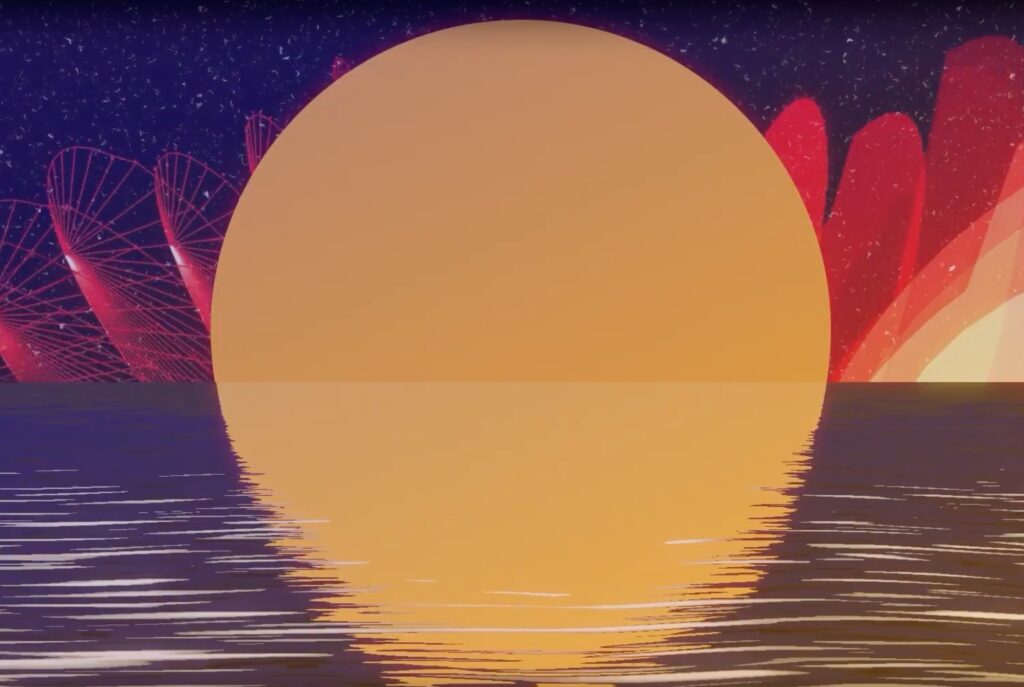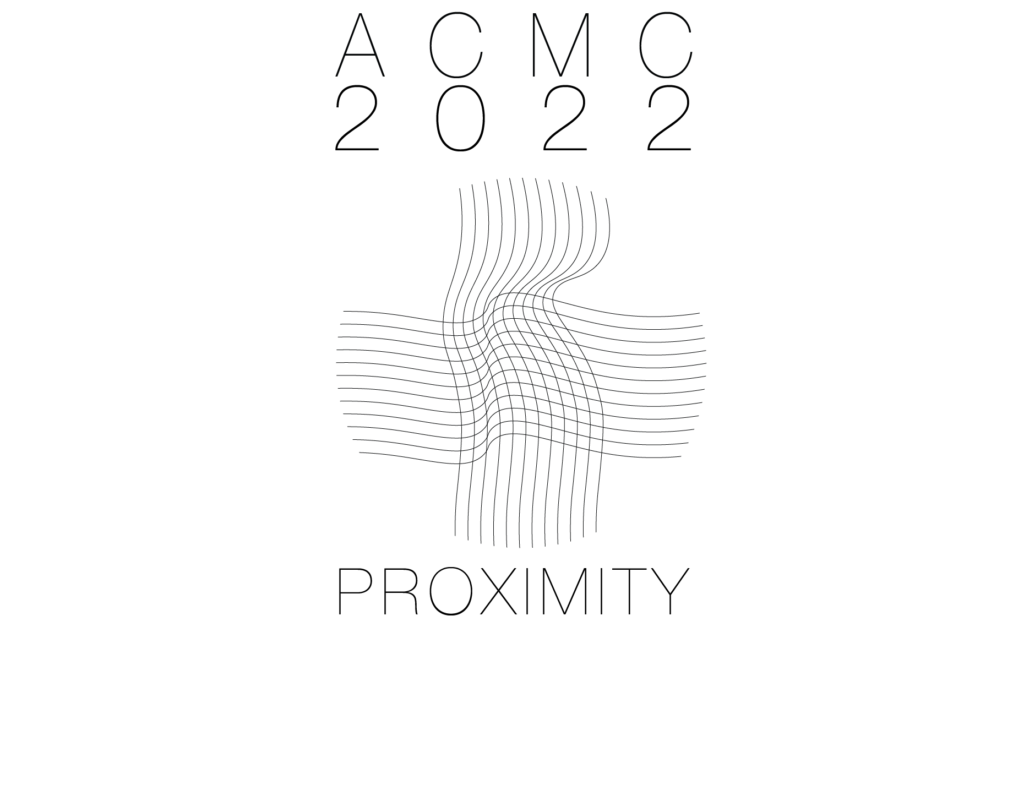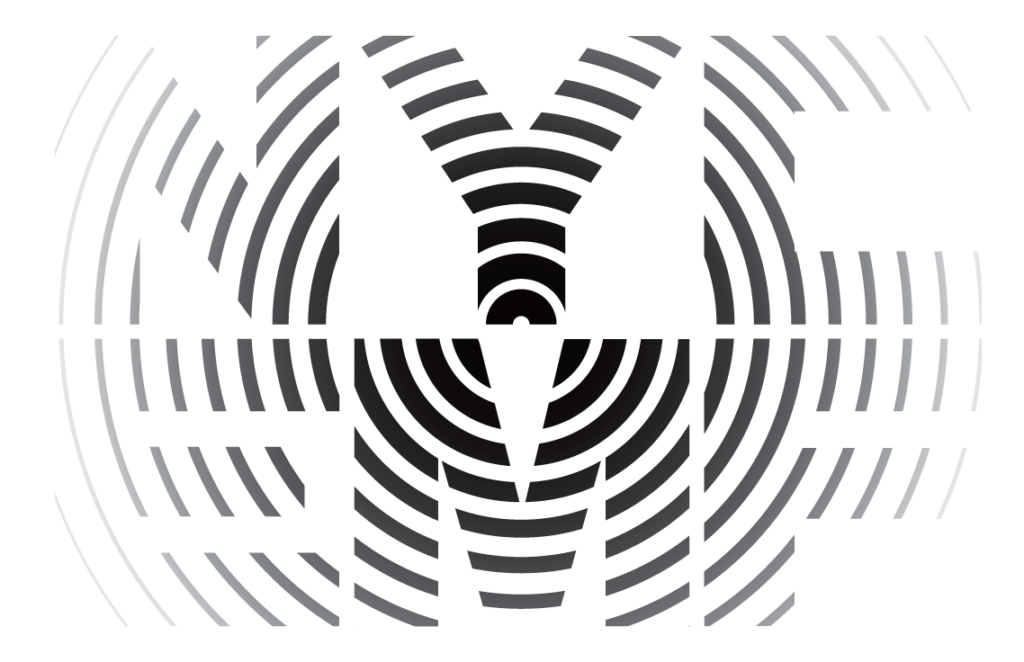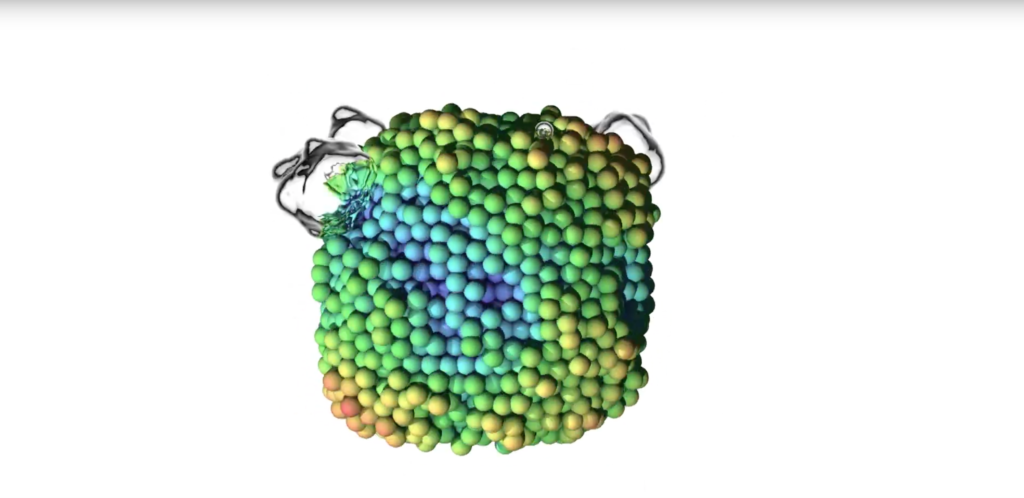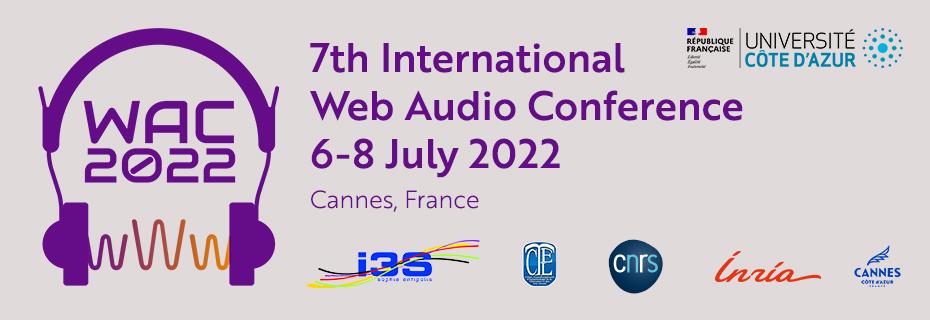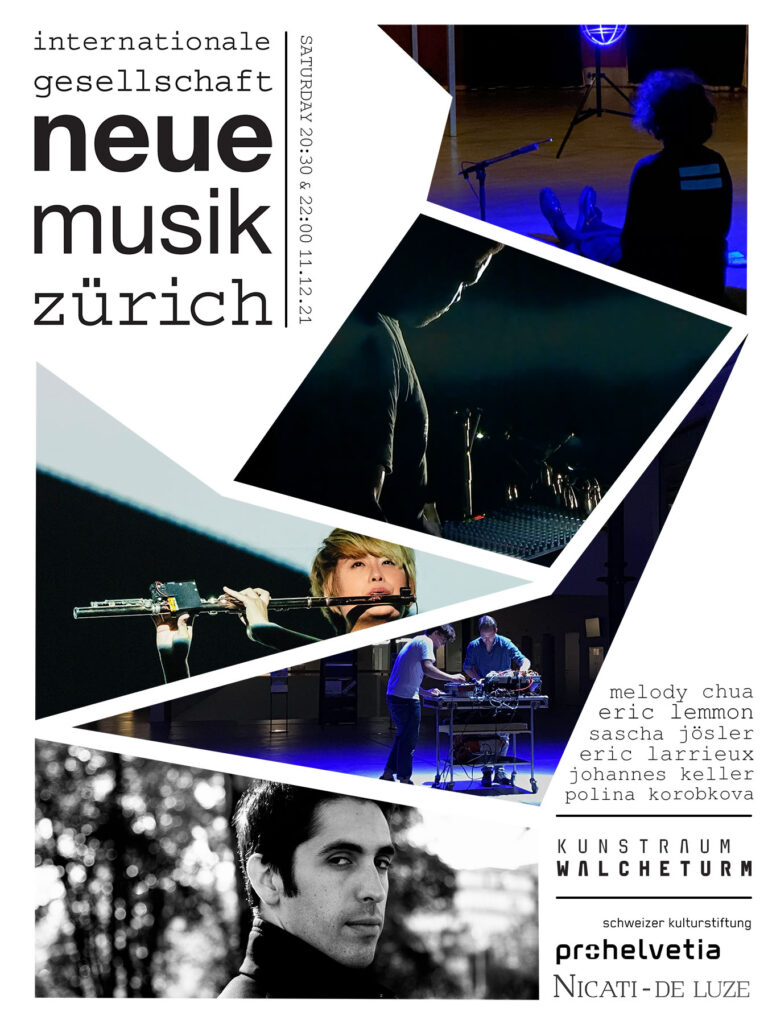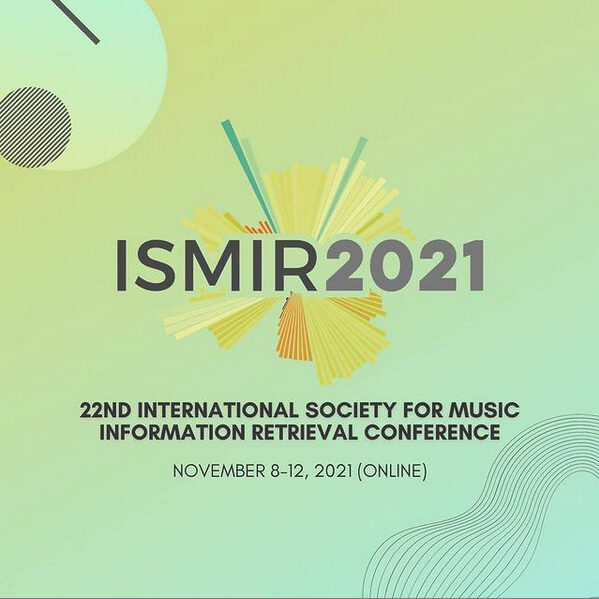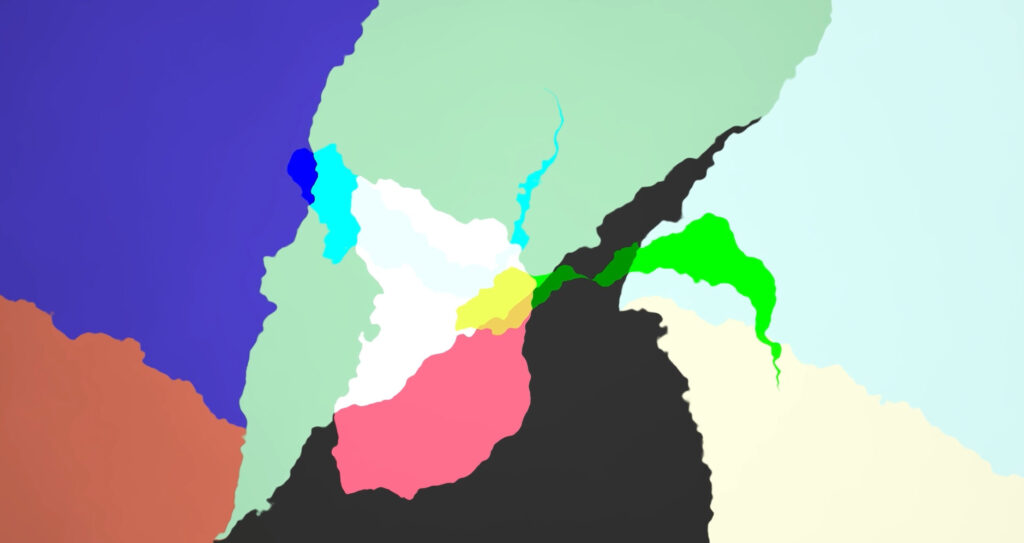This past month I have had the immense pleasure to get to know three other performer-composers, Viktoria Nikolova, Rose Naggar-Tremblay, and Edward Enman through the Westben Centre for Connection & Creativity through Music. During the course of the residency we ended up writing a 22-minute digital opera based around the theme of ‘connection’.
There were many lenses through which we addressed this theme, but if I were to distill the over-arching narrative, I would say that it was geared towards the process of making connections. How do we make connections? How do we make connections in lossy, infromatic situations—like trying to make an artwork over Zoom, or being human while sitting on one of Flussers ray-like technical images in the middle of a pandemic? What tensions inevitably arise during the process of communication? How does the situationality of the signifier and the interpreter affect the sign? How unstable and/or squishy is the sign? What about understanding and interpreting the sign is reducible across language, culture, time, and place?
Apologies for setting up high expectations with these questions, but the problems they pose are pernicious and irresolvable, and I am certain that they were not universally answered by our opera. However, I did find that the act of coming together with Viktoria, Rose, and Edward, and creating something new and magical, cemented my enthusiasm for collaborative work.
I had first moved outside the “traditional” western, hegemonic composer-performer dynamic a few years ago on a multi-media, collaborative work with my friends Tillo Spreng and Yris Apsit. I instantly fell in love with this mode of making for multiple reasons. 1) individual strengths, vulnerabilities, experiences, and views are brought to the table by each artist in collaborative works. 2) for those that have been following me for a while, you know I love politics, and stepping outside of the dynamic where a score or musical work is handed down from the ego of the heroic, white “He” of the composer, is refreshing. A collaborative artistic process demands talking things out, negotiating, compromising. The process reflects a positive, consensus-based politics in this way. 3) You get to spend time with people and learn things about them and yourself. Afterall, creating art is immensely personal and the stakes can be high.
There are drawbacks to collaborative creation, of course. Simply stated, with one creator, it is easier to make a work with a unified vision. And while I have found the process of making collaboratively extremely satisfying, the aesthetic result is not always so. That the result may not be completely satisfying should be no surprise when one has limited time and power is distributed, as negotiating or conceding one’s preferences is a requirement for actually producing anything (well, the ever-present resource constraint of time forces even solo artists to make concessions).
On watching the final, compiled work over the past few days, the drawbacks of collaborative creation are apparent. Flaws, to my taste, rise up out of the piece like the cackling ceramic heads of rodents in whack-a-mole: The pacing of the interstitial material between these arias could be improved; the structure of this section would be better another way; the panning on this mix could have been thought about; the build-up to the climax of the work could be intensified.
Still, taking the whole work in, I am extremely happy about the music we made together. The grimacing moles, as the peek up out from their circular abodes, are not to be smashed back down. Instead, their extrusions shape the topography of the opera’s form. The opera connects, but not despite them.
https://www.westben.ca/blog/theoperaconnects
